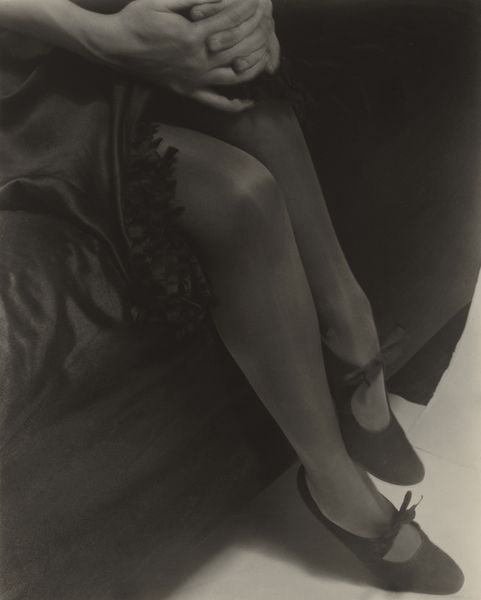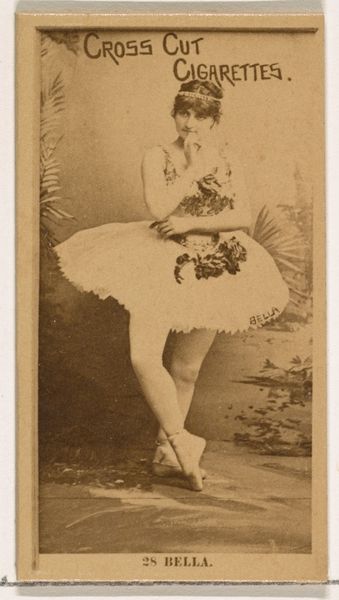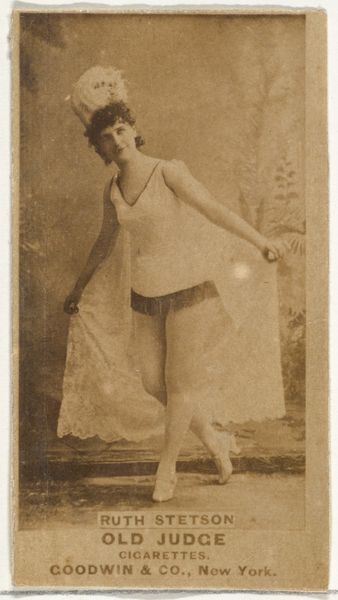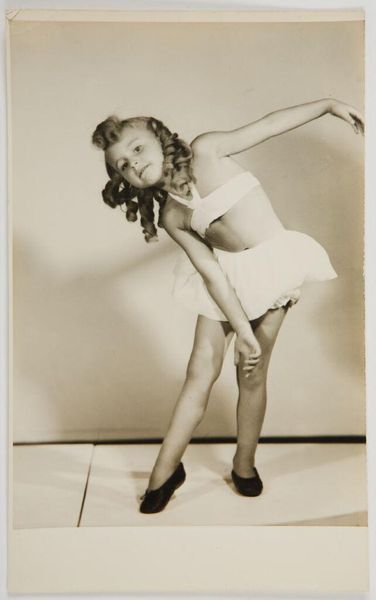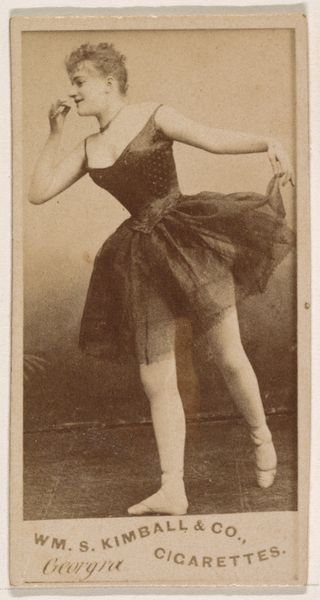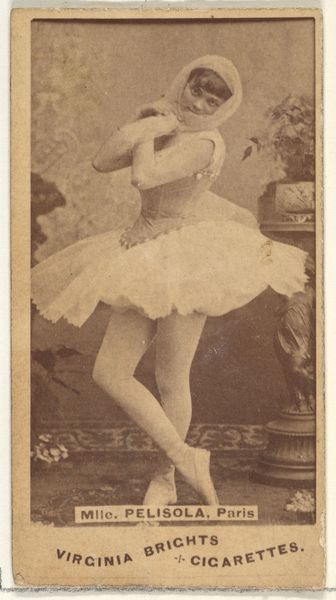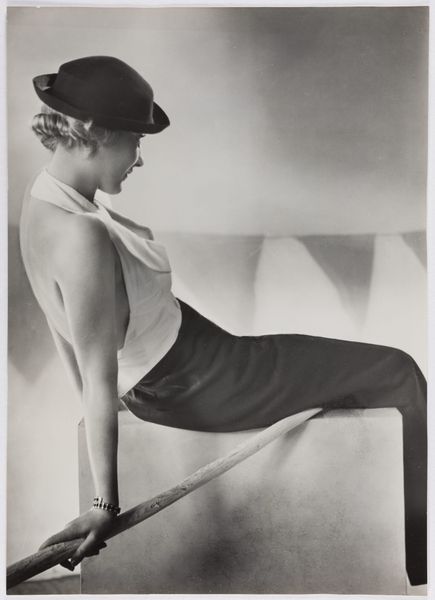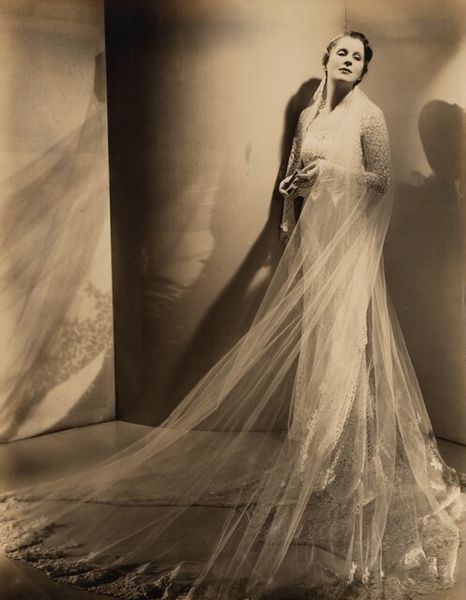
photography
#
portrait
#
art-deco
#
photography
#
geometric
Dimensions: overall: 39.3 x 28.9 cm (15 1/2 x 11 3/8 in.)
Copyright: National Gallery of Art: CC0 1.0
Curator: Jaromír Funke's "Legs and crinoline," taken in 1926, immediately conjures a clandestine boudoir scene, doesn't it? Ethereal, almost dreamlike. Editor: Dreamlike, perhaps, but consider the stark geometry. It's built upon these stacked cubes. There is this contrast with the soft texture of what I assume is the crinoline, a garment that literally shapes the body, not dissimilar to the cubic forms of the staging. Curator: Exactly! It's that friction, that tension, that makes it sing to me. Those angular cubes are almost mocking the fragile beauty of the dancer's leg, this juxtaposition of the industrial and the organic, the seen and unseen. Editor: And what about the "crinoline" element itself? By '26 the style for such a thing had almost died. Are we dealing with stagecraft here, costuming, perhaps advertising the fetishization of such a piece? How were such constructions of material being commissioned and assembled at this time? Curator: Ah, good question. The material certainly points to the commercial world of dance and theatre, and the ephemeral nature of constructed glamour. I imagine her off to a cabaret. Editor: The composition makes me think about labor. The making of costumes. The unseen bodies building the forms which provide the setting itself. The shadow play amplifies the sense of industrial production, it isn't accidental at all. It gives it a machine-like atmosphere despite the delicacy we mentioned. Curator: I see that now, absolutely. Before it just felt like a whisper, a beautiful memory, but the material reality—the cubes, the construction—grounds it. It's less escapist and more… deliberately crafted. Editor: It also reflects photography as commodity. What type of paper, of exposure? Each factor contributes. Even those elegant shoes have their history of manufacture, and all their own labor. Curator: And there you have it, layers beneath layers. It really invites us to reconsider the beauty we might otherwise passively consume, doesn’t it? Editor: Exactly. And also maybe reassess whose labor enabled such artistry to begin with. It provides a rich framework.
Comments
No comments
Be the first to comment and join the conversation on the ultimate creative platform.
